Walk along the historic canal, browse charming glass shops, and feast on fabulous seafood in this Otaru Travel Guide.
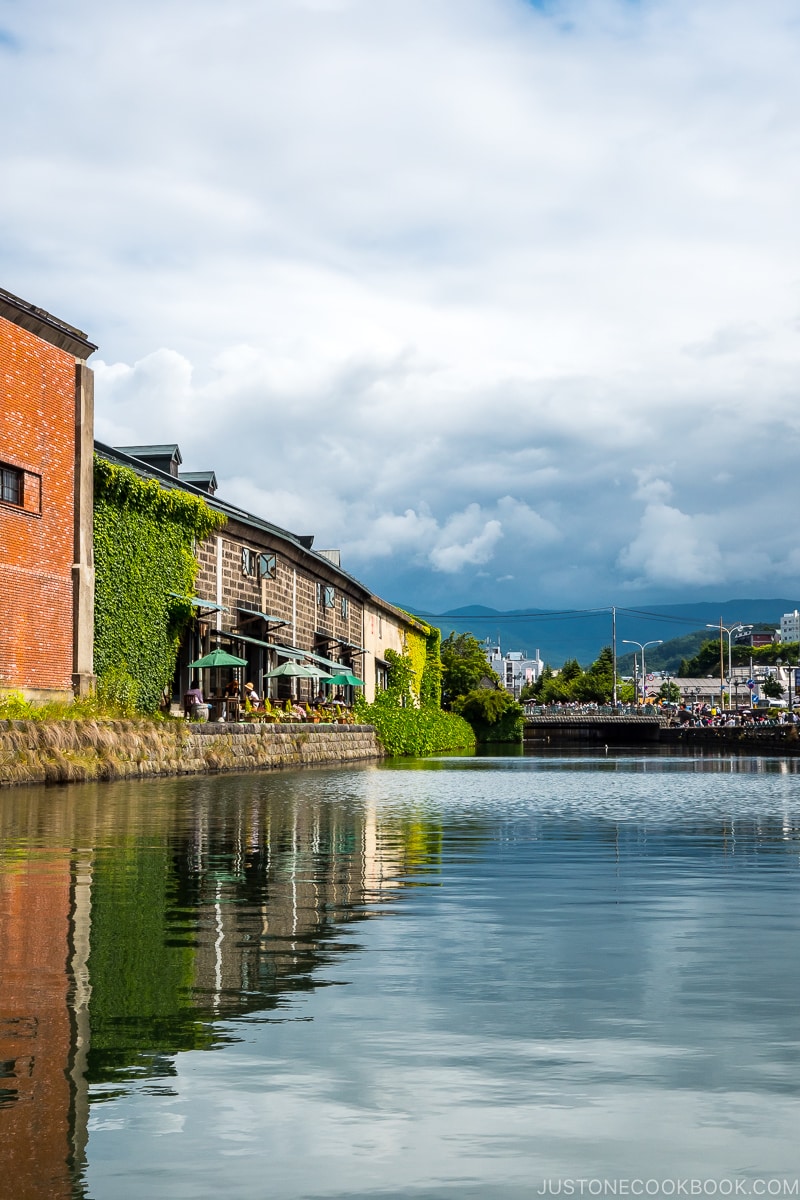
The seaside town of Otaru was the heart of Hokkaido’s business activities until the 1920s. Its ports were used for shipping coal to the rest of Japan, and trading with foreign countries including the US and UK.
Since then, the endearing canal have attracted visitors from all over the world. Join us as we spend the day walking and cruising through the town in this Otaru Travel Guide.
Where is Otaru
Otaru is a port city on Ishikari Bay and the Sea of Japan, northwest of Sapporo the largest city in Hokkaido. It is known for its historical western-style buildings and street lamps, fresh seafood, glass arts and crafts, and music boxes.
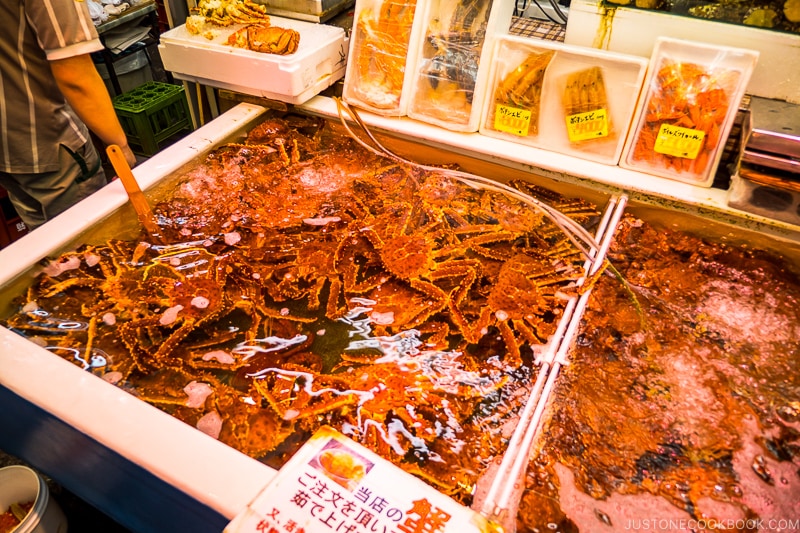
How to get to Otaru
Otaru is 40 min by car from Sapporo or 50 min by train from Sapporo Station. From the main airport (New Chitose), it takes 1 hr 15 min by car and 1 hr 45 min by train. It is very easy to get to and makes a great day trip from Sapporo.
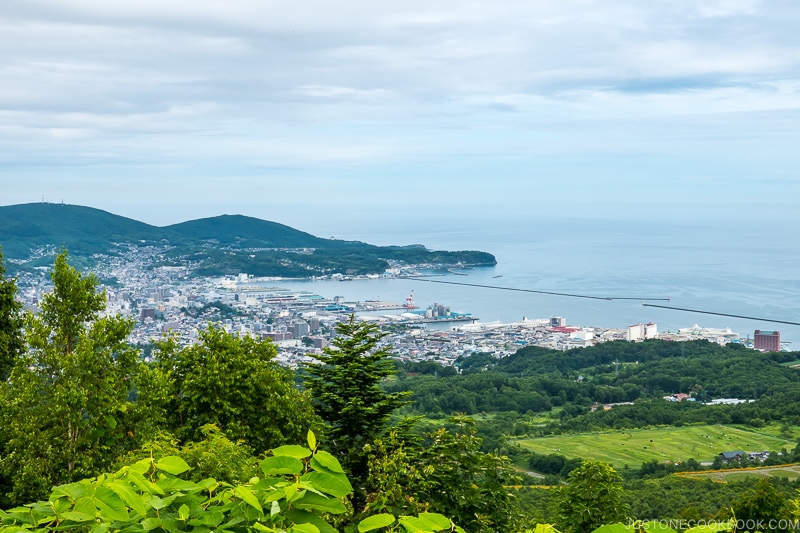
Sankaku Market 小樽三角市場
We’ll begin the tour starting at Otaru Station (opened in 1903). Just a min walk from the station is the famed Sakaku Market (Sakaku Ichiba). There are 16 restaurants and vendors inside the market that sell and serve mouthwatering seafood and Hokkaido produce.
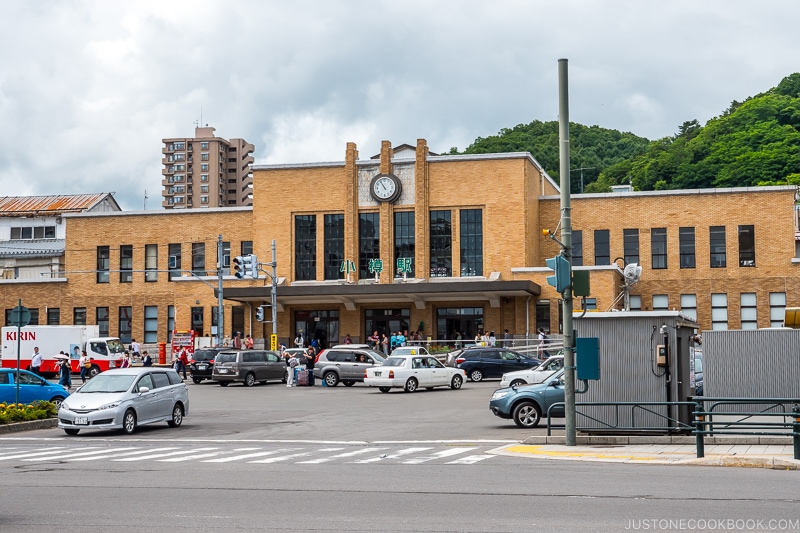
The only walkway through the market is only 5-6 feet wide (1.5 – 2 meters). It gets crowded during the mealtimes with guests waiting for a table at one of the restaurants.
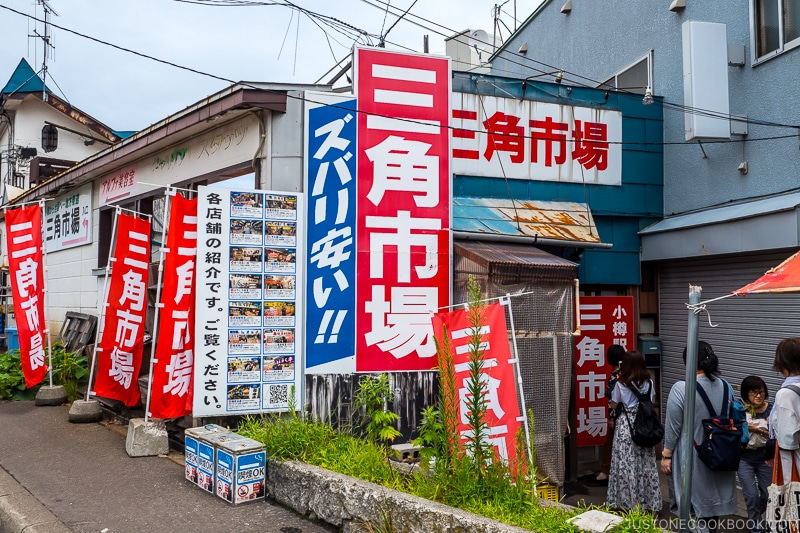
Sakaku in Japanese means triangle and the market got the name from its triangle-shaped roof. The vendors primarily sell local seafood along with other popular Hokkaido produce such as yubari melon.
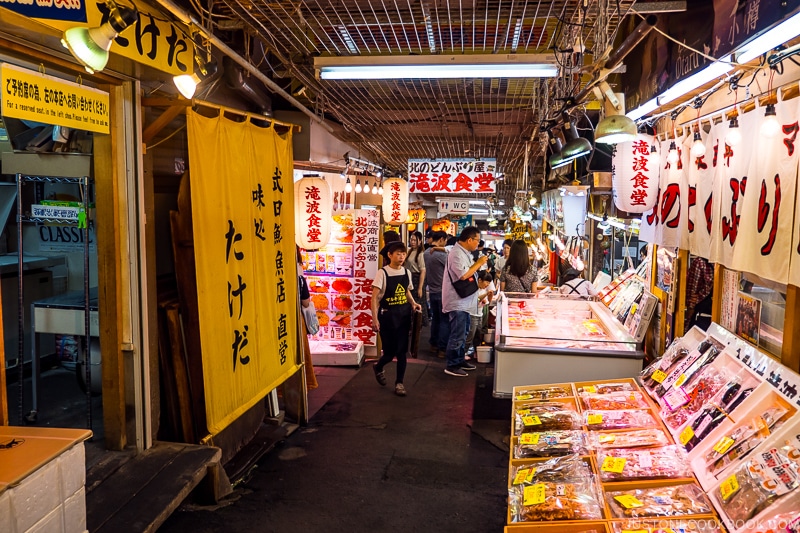
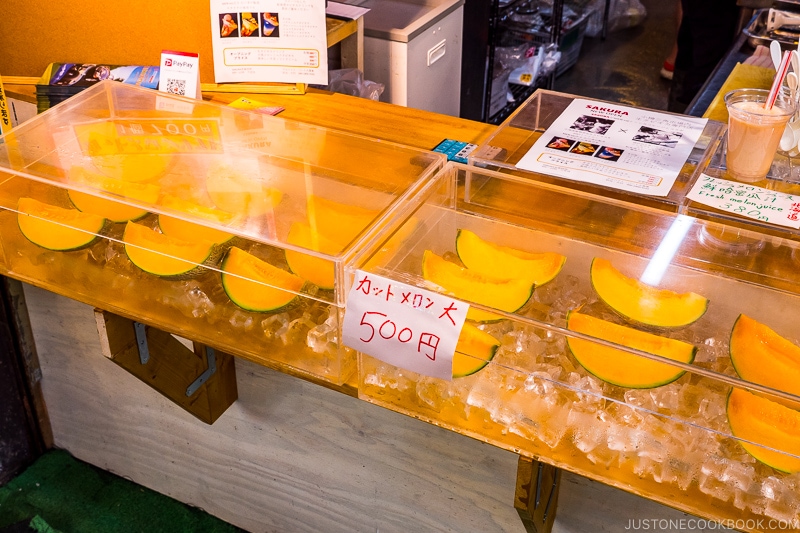
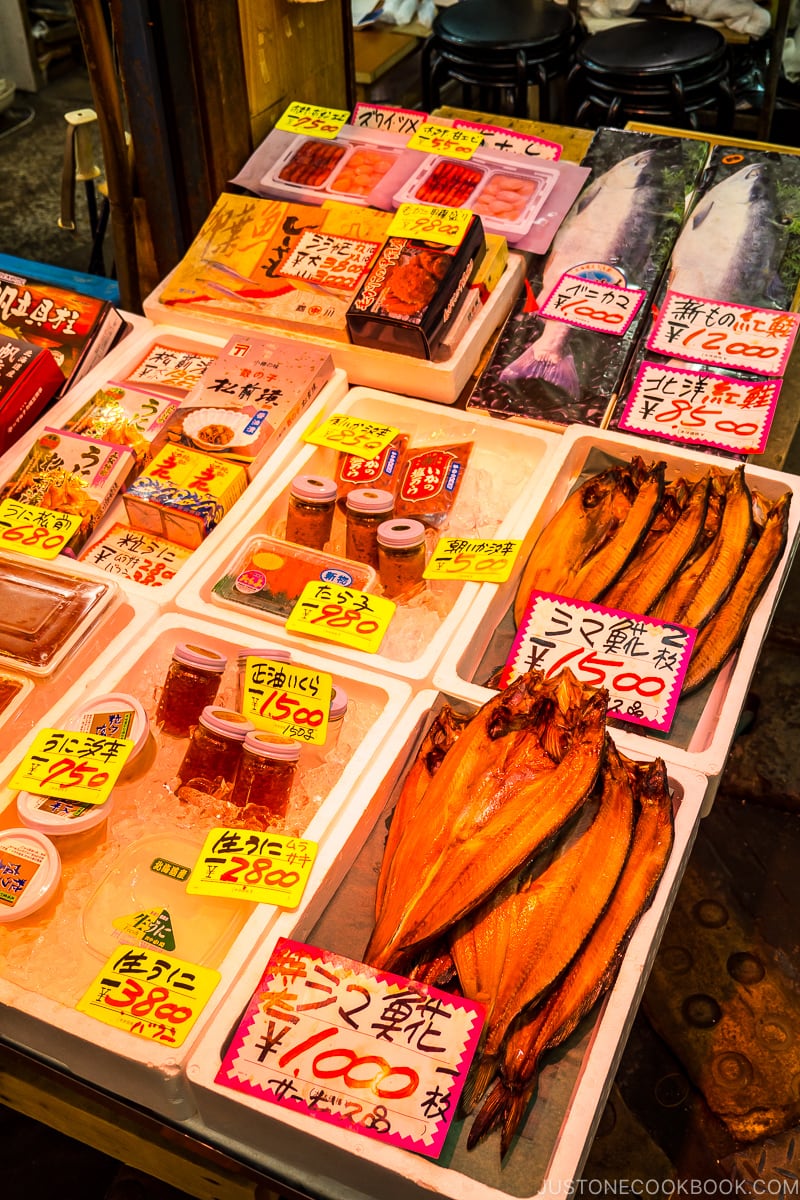
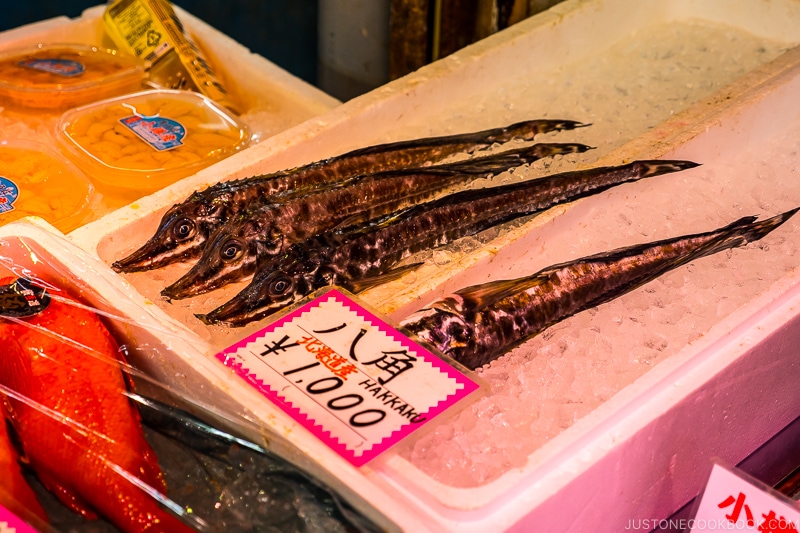
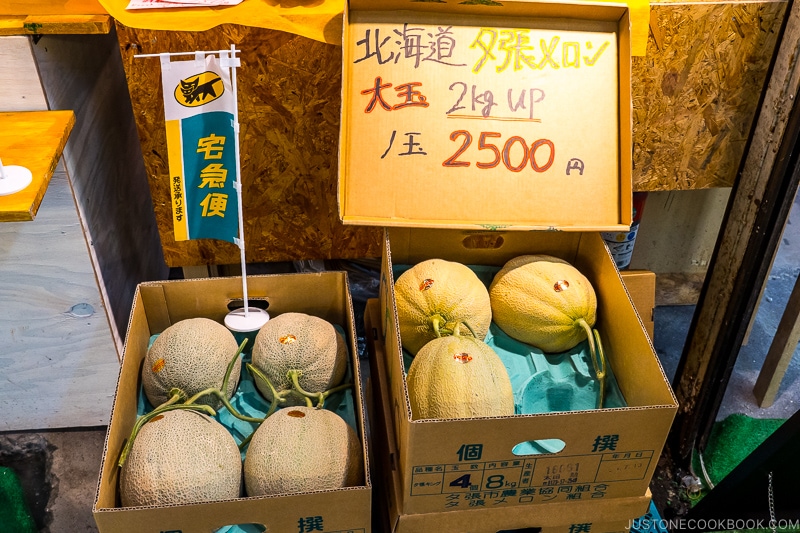
Hokkaido yubari melon ($25 USD each)
Most of the restaurants at Sankaku Market are outfitted with only basic stools and folding tables, but what they lack in luxury surroundings is made up by the sumptuous seafood they serve.
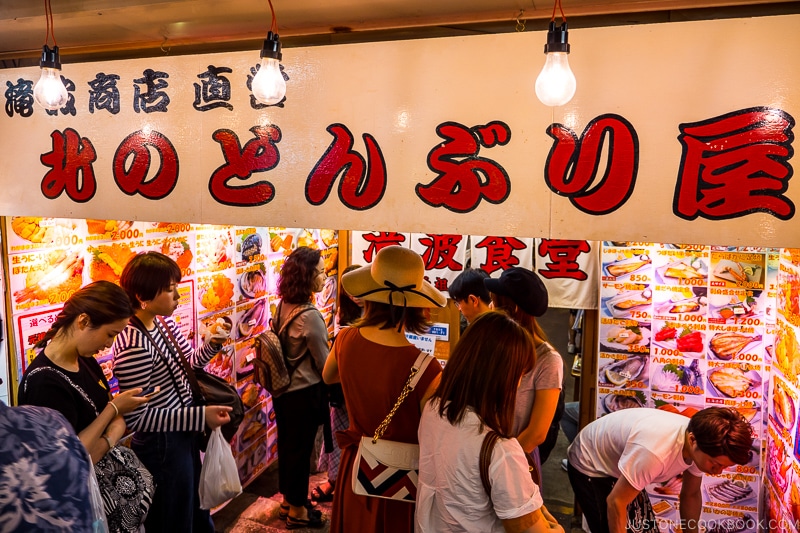
Be warned – there could be quite a wait with the popular restaurants in Sakaku Market.
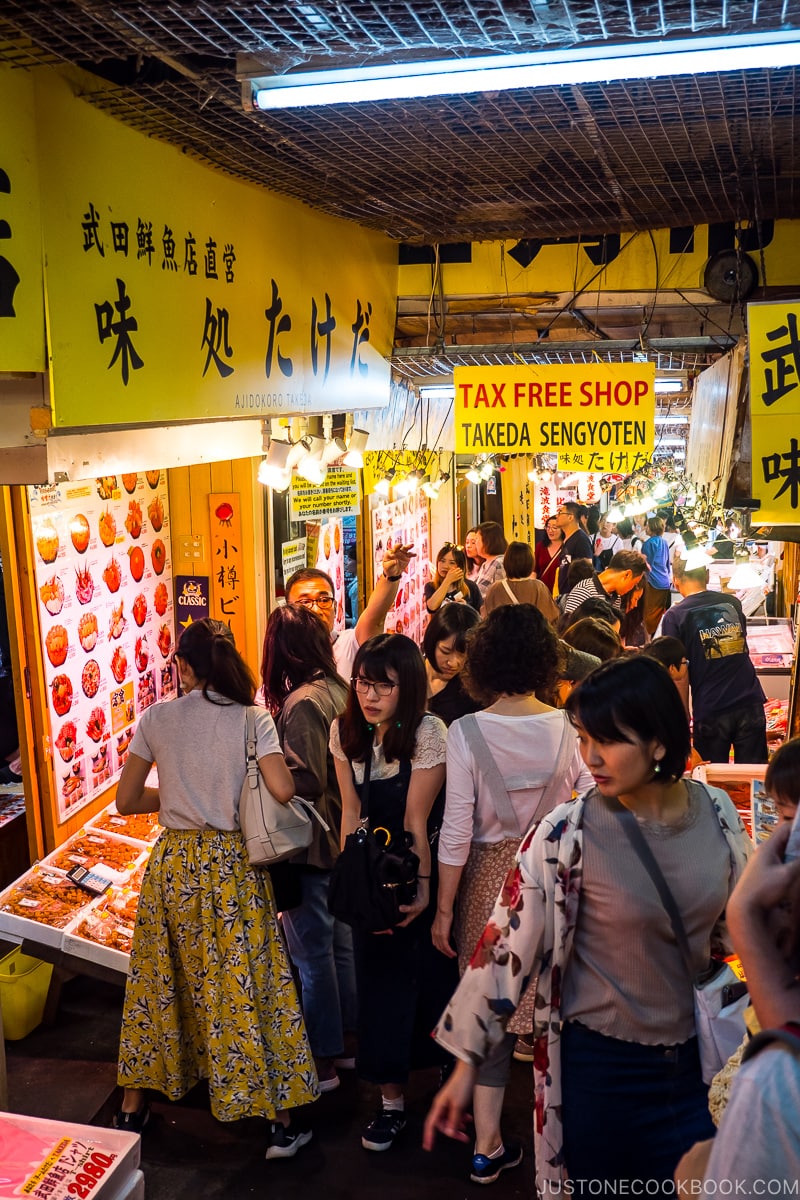
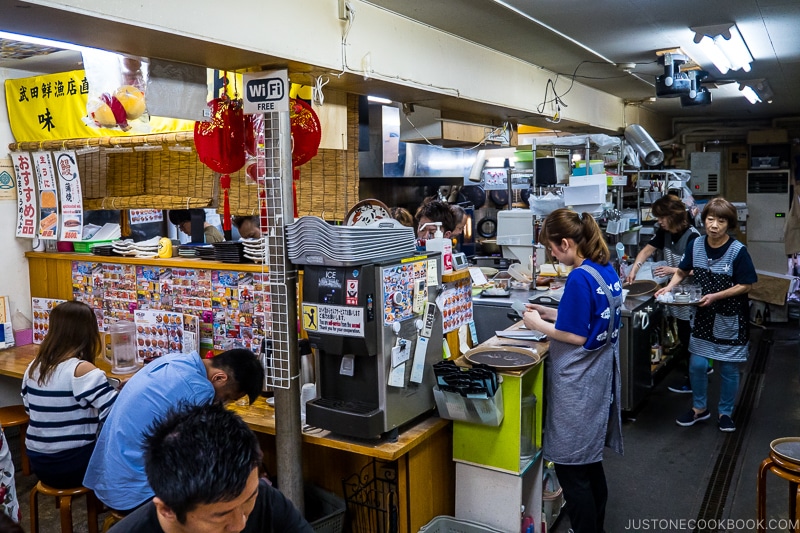
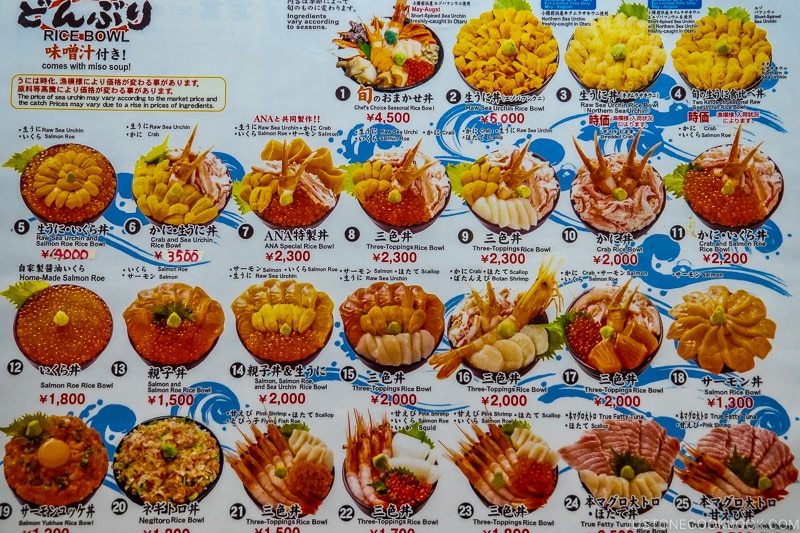
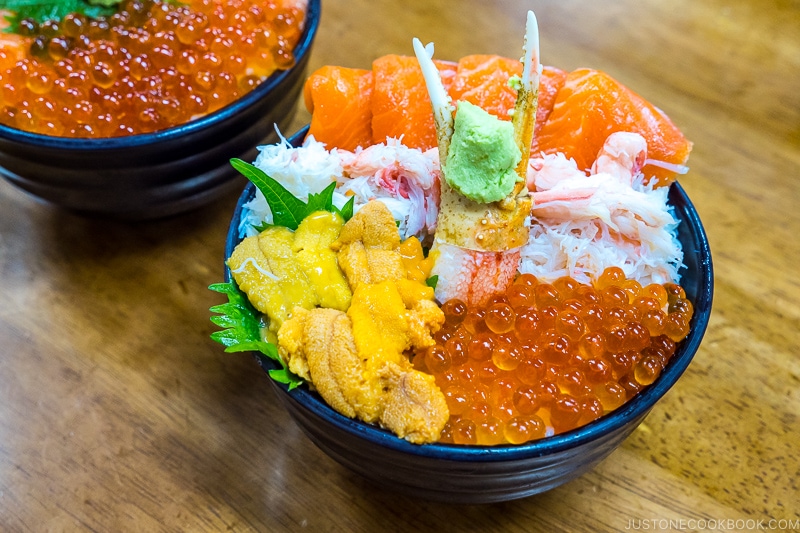
The seafood was super fresh and tasty and Hokkaido uni is simply the best. We enjoyed the fabulous lunch and slowly made our way to Otaru Canal.
Otaru City General Museum Canal Hall 小樽市総合博物館 運河館
If you would like to learn more about the history of Otaru, stop by Otaru City General Museum – Canal Hall on the way to the canal. There is a replica of a merchant house from the 1920’s and other items on display related to the city’s rich history. The entry fee is only 300 yen and free for children younger than middle school.
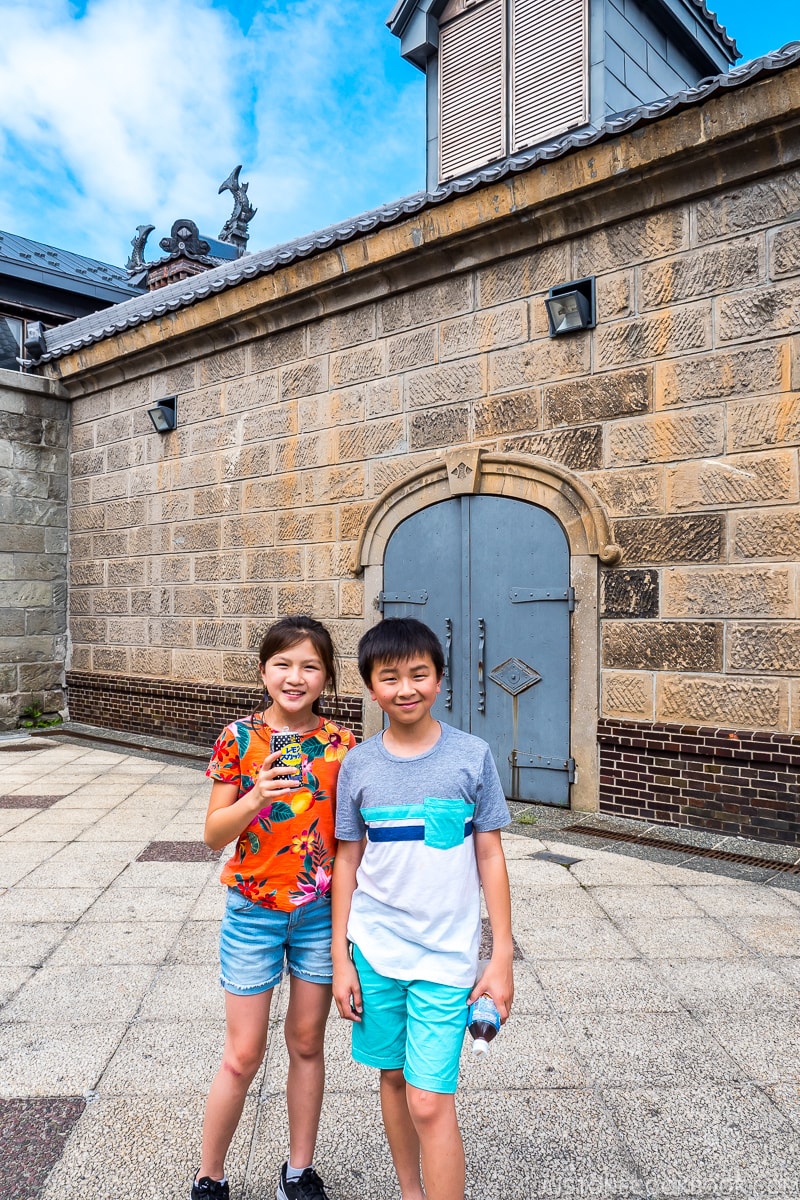
Otaru Canal 小樽運河
On the way to the canal, we walked past the former Temiya Line. The narrow gauge railroad was build in 1890 and stopped operation in 1985. However, parts of the track remain and visitors are welcome to walk on it.
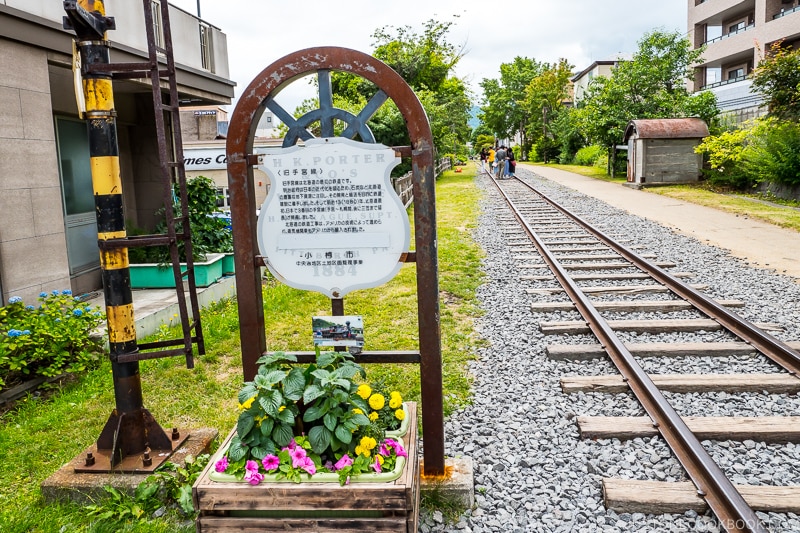
Otaru Canal Cruise
Our first activity at the canal was Otaru Canal Cruise. The leisurely paced cruise takes riders in a loop through the canal while the boat captain tells the history of the surrounding buildings along the passage.
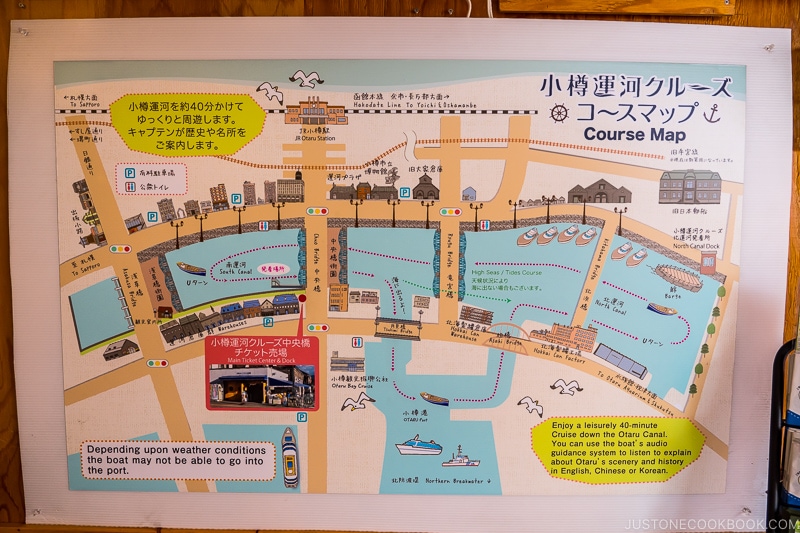
The cruise takes roughly 40 min and it starts near the south canal. The boat takes visitors through the port, makes a u-turn at the north canal, and heads back to the south canal. The boat ride goes under three low bridges and provides an interesting view of the city.
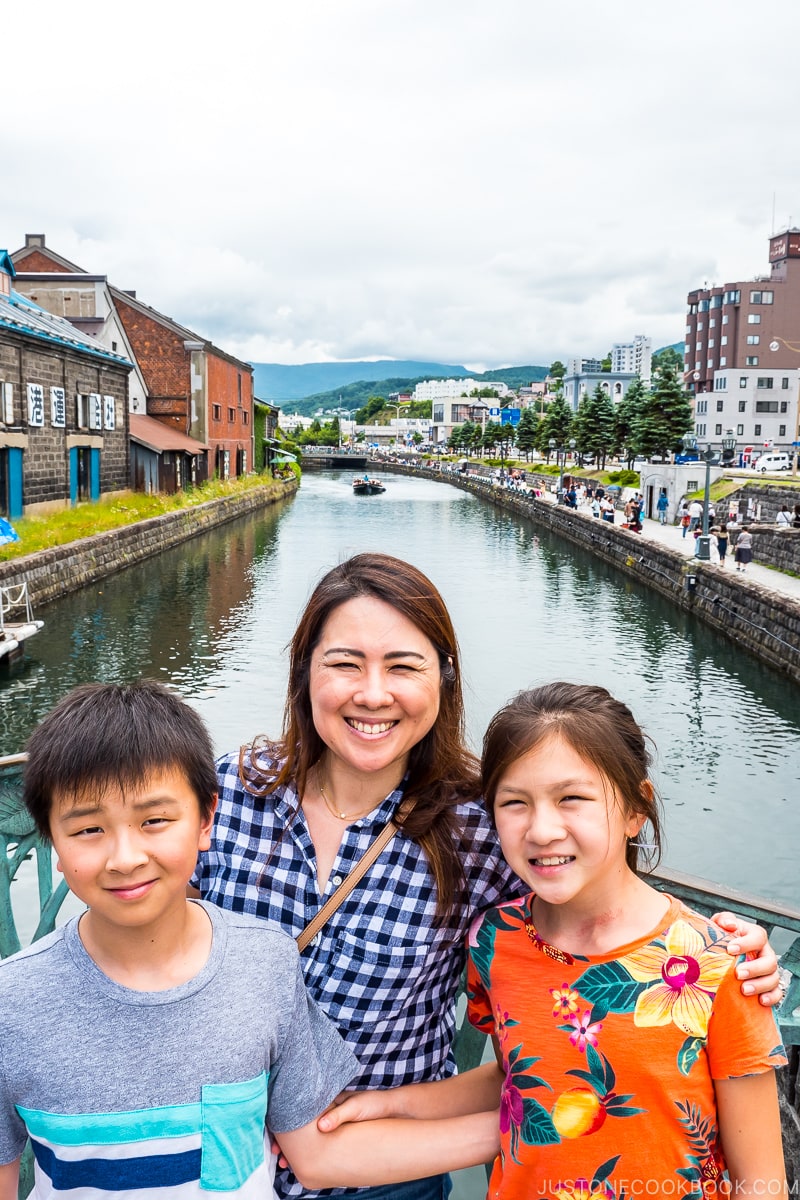
We had a great view of Otaru’s signature brick warehouses that lined the canal. Back when they were in use, smaller boats were used to transport goods from larger ships to warehouses. Though no longer used to store goods today, the warehouses are kept in good condition and transformed into restaurants, shops, and bars.
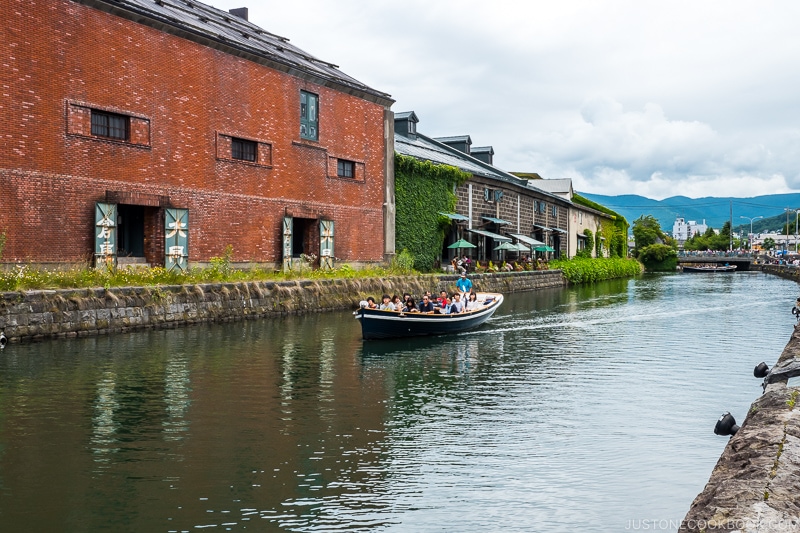
After the cruise, walk along the canal banks and watch the local artists making handicrafts.
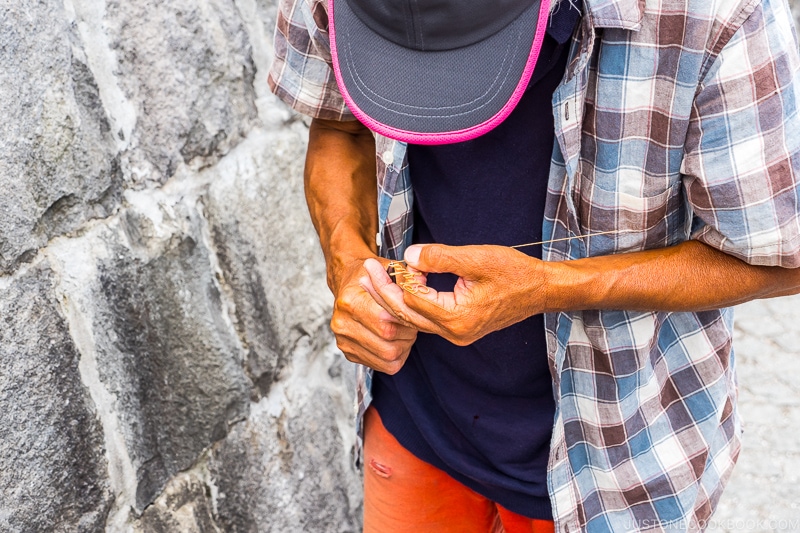
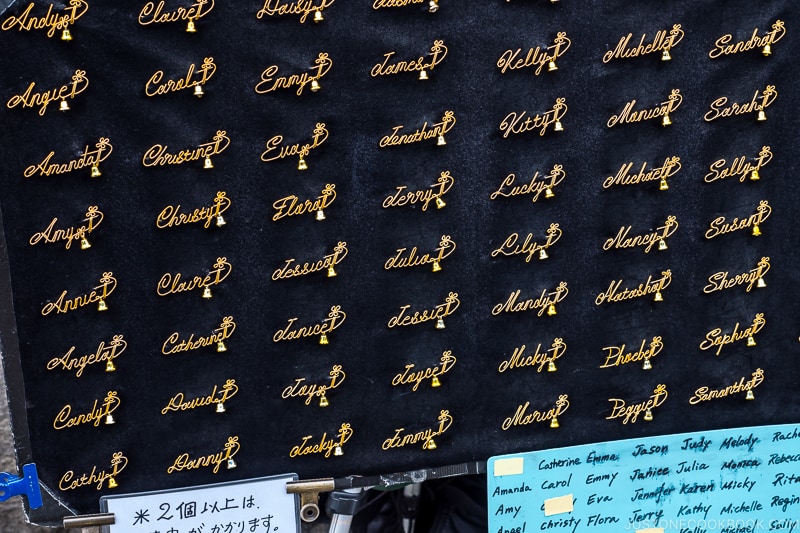
The warehouses along the other side of the canal walkway house restaurants and the very popular Otaru Beer Brewery.
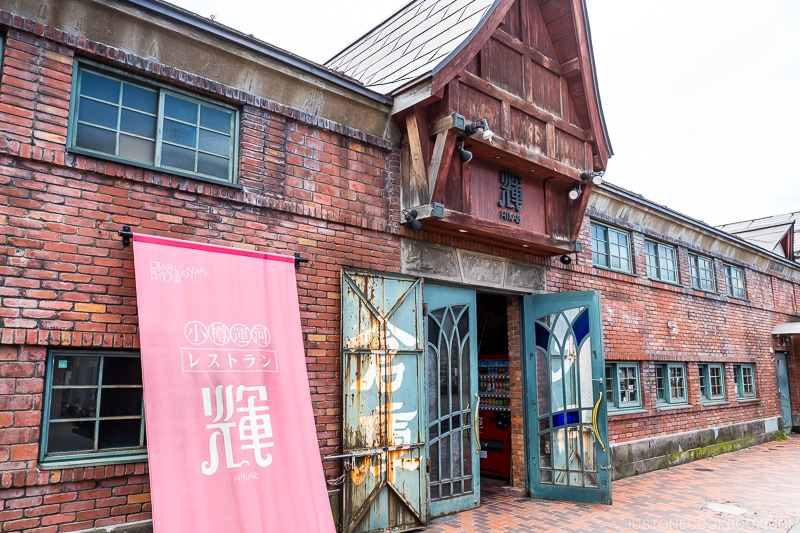
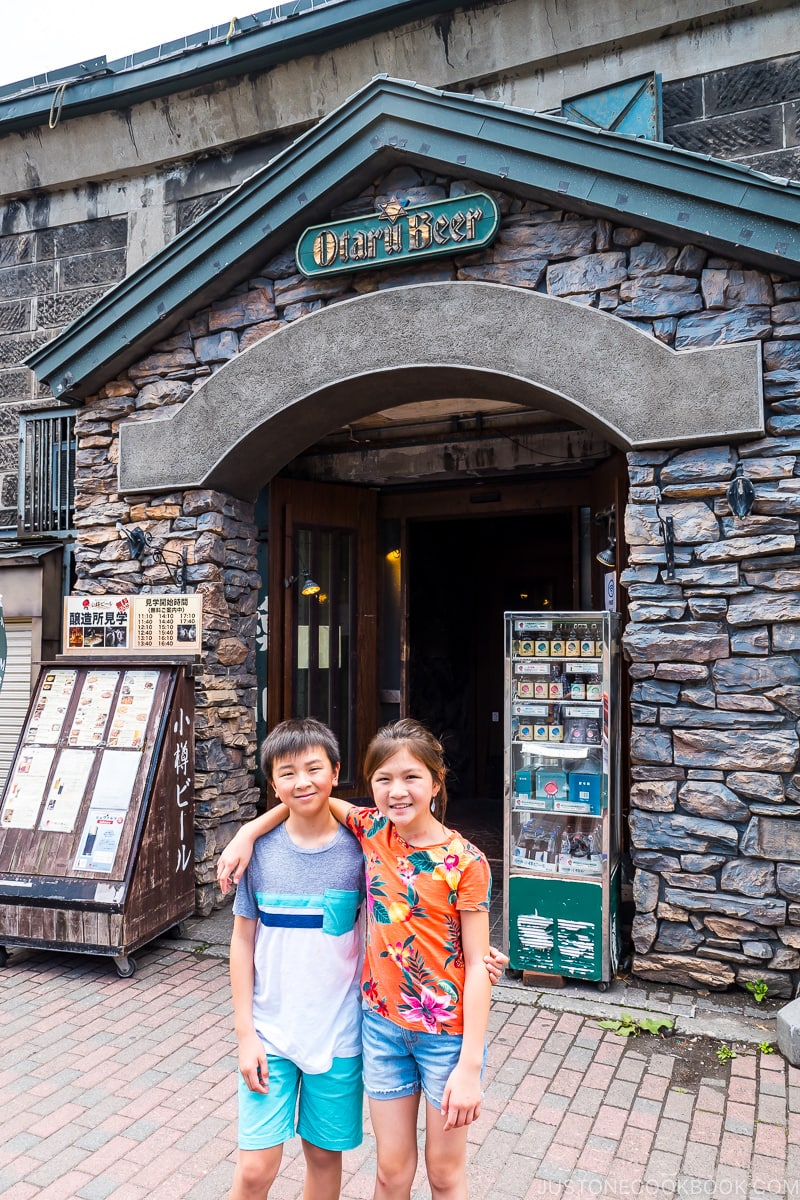
The decoration inside Otaru Beer is German-themed. Free beer-making tours are available for those who are interested.
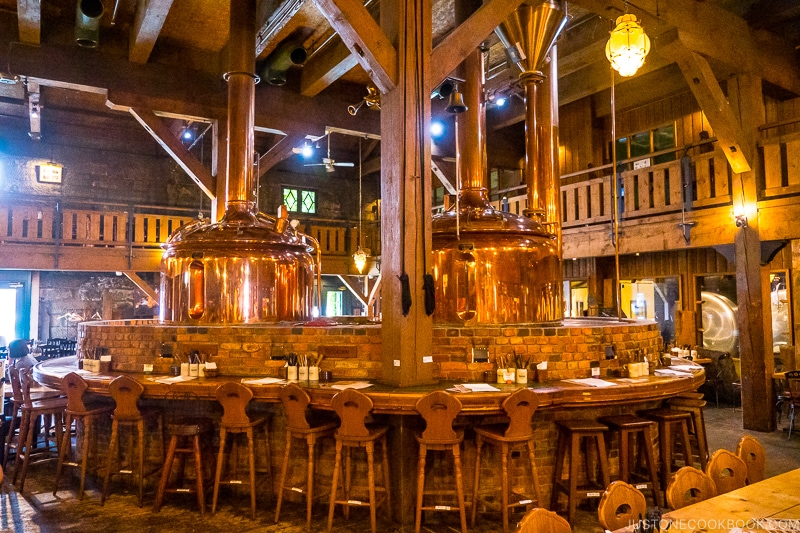
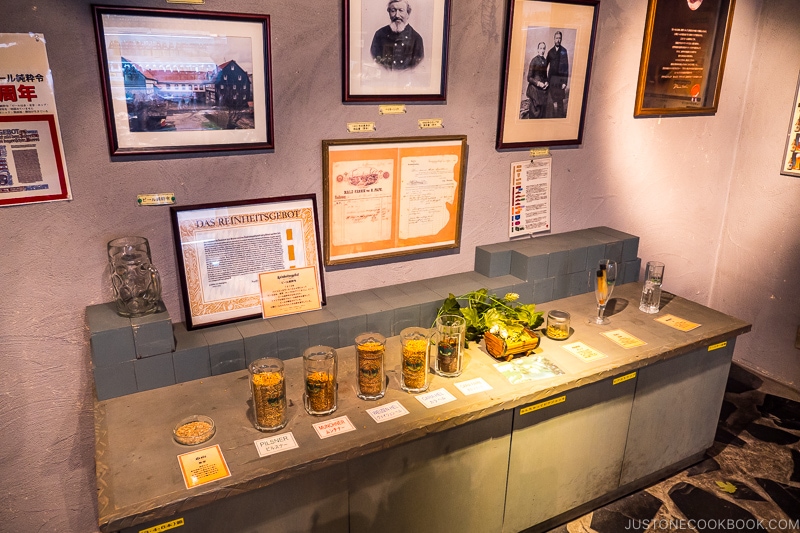
Next, head over to Otaru Denuki Koji, a historic building turned food plaza situated opposite Asakusa Bridge and Tourist Information Centre. The unmistakable structure stands out in the alleyway and makes the perfect picture spot.
The tower is free to go up and there are about 20 shops below that sell ramen, yakitori, gelato, and other amazing food. Don’t miss your chance to grab a bite and be transported to the early 20th century old Japan!
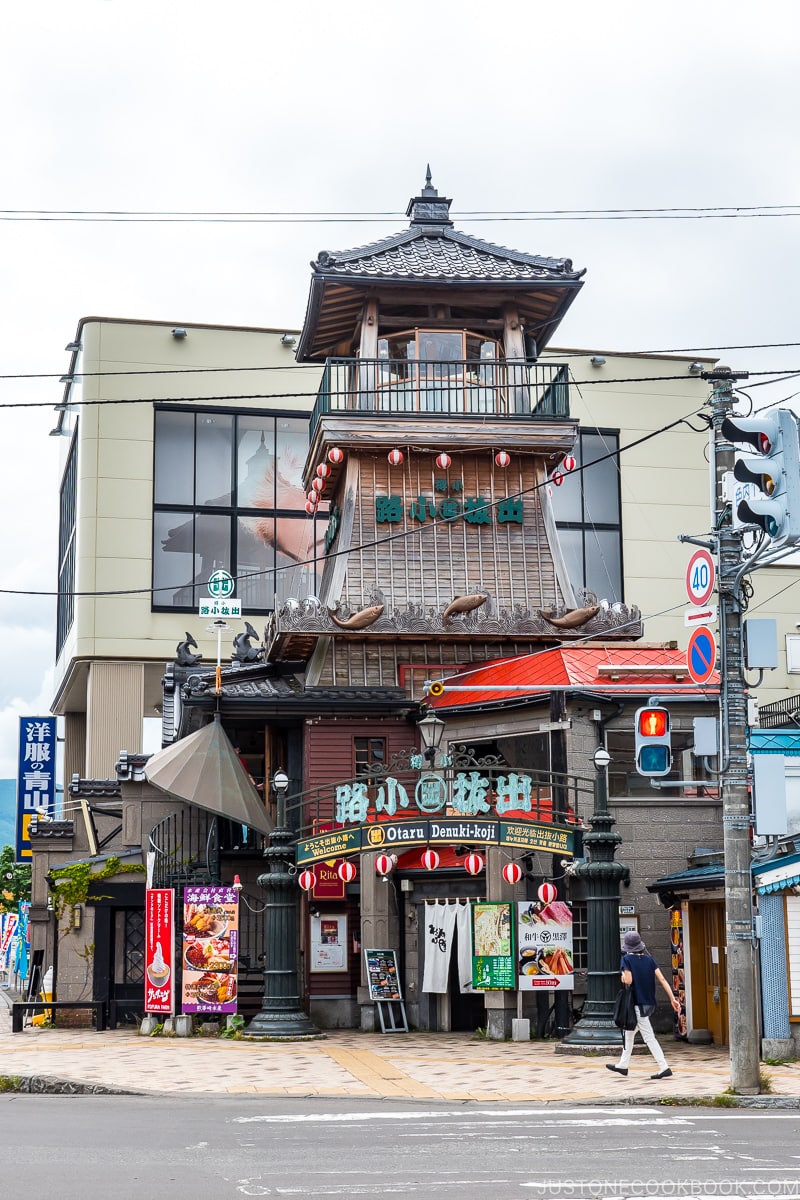
After fueling yourself with light bites, head up to Nichigin St and make a quick stop at Otaru Art Village.
Otaru Art Village
Nicknamed the Wall Street of the North, many of the western magisterial buildings at Nichigin St were homes to former banks from the 1920s.
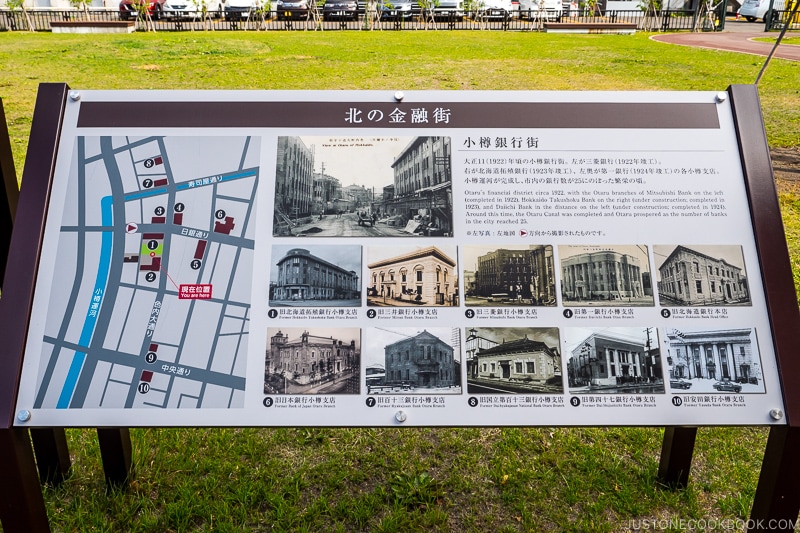
Today, the bank buildings have been repurposed as art museums, terminals, and retail shops while the same original facades still stand.
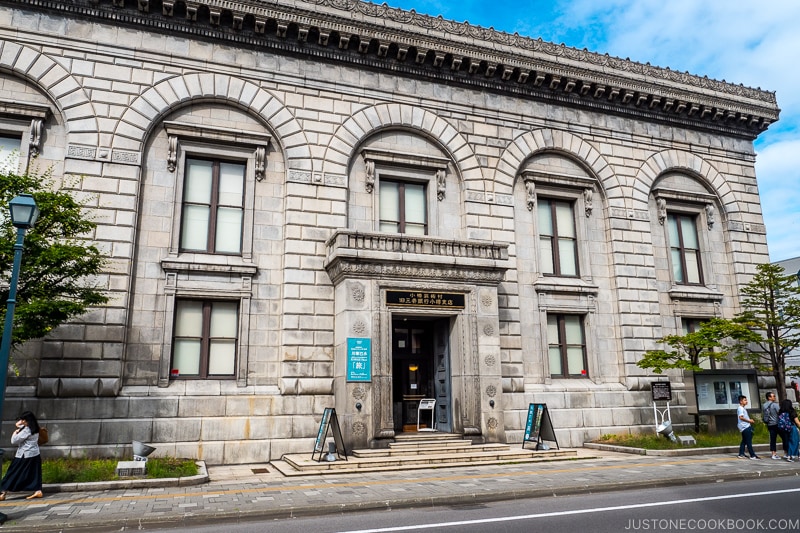
Nearby in the Otaru Art Village area, there is a collection of museums with stained glass themes. Including Nitori Museum of Art, Stained Glass Museum, and Otaru Art Base.
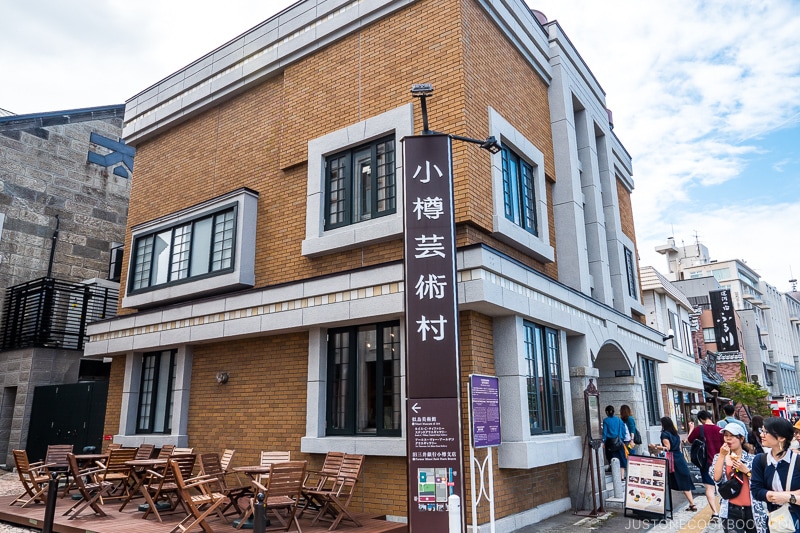
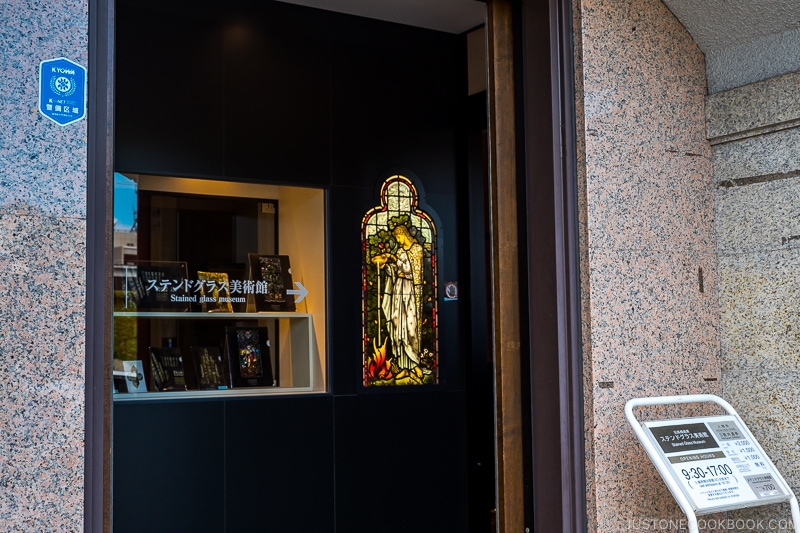
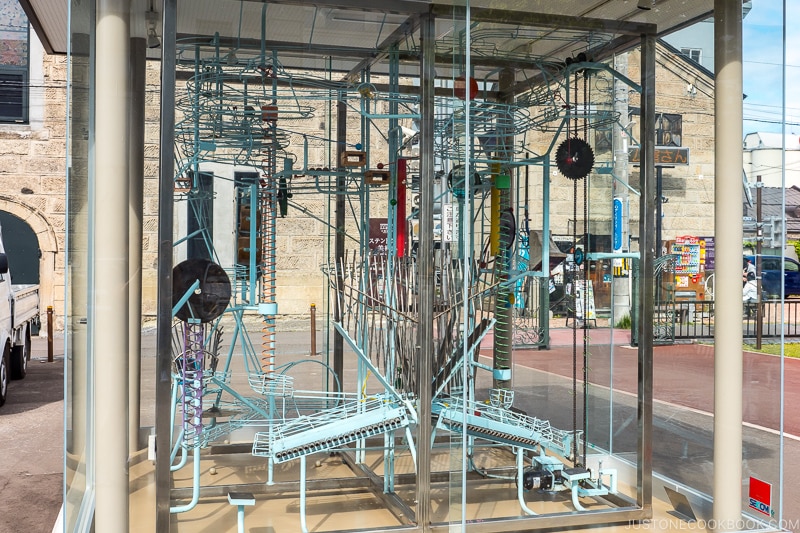
Glass Shops
Just one block southeast is a smaller canal lined with glass, arts and craft, and gift shops.
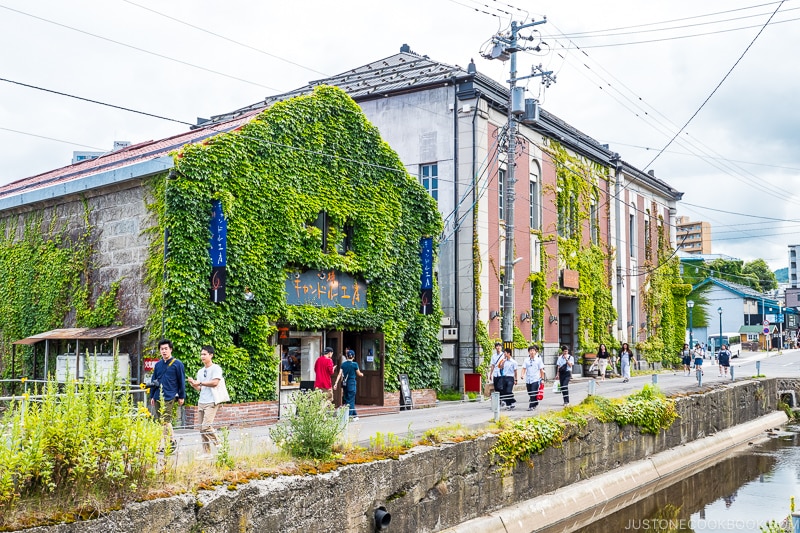
You may wonder why Otaru has so many glass related retail shops and museums. When the fishing industry declined in the 1950s due to depleted herring stock, the artisans that used to make fishing net glass floats reinvented their skills to make glass art and ornamental pieces.
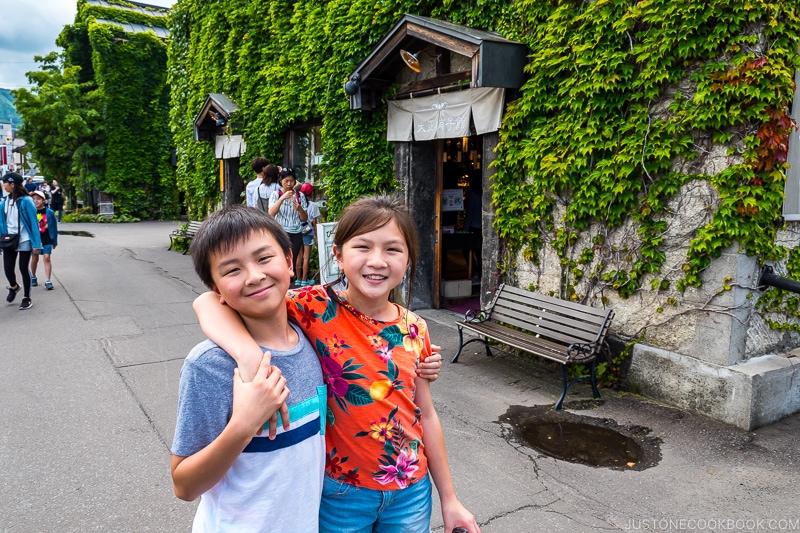
The glass specialty shops carry all type of glass figures and decorative items. Many of them also offer glass workshop where visitors can make their own glass jewelry and presents.
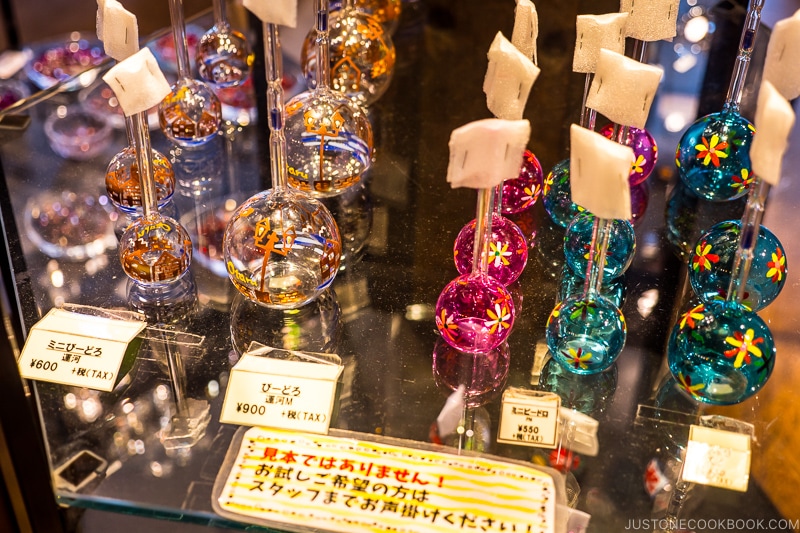
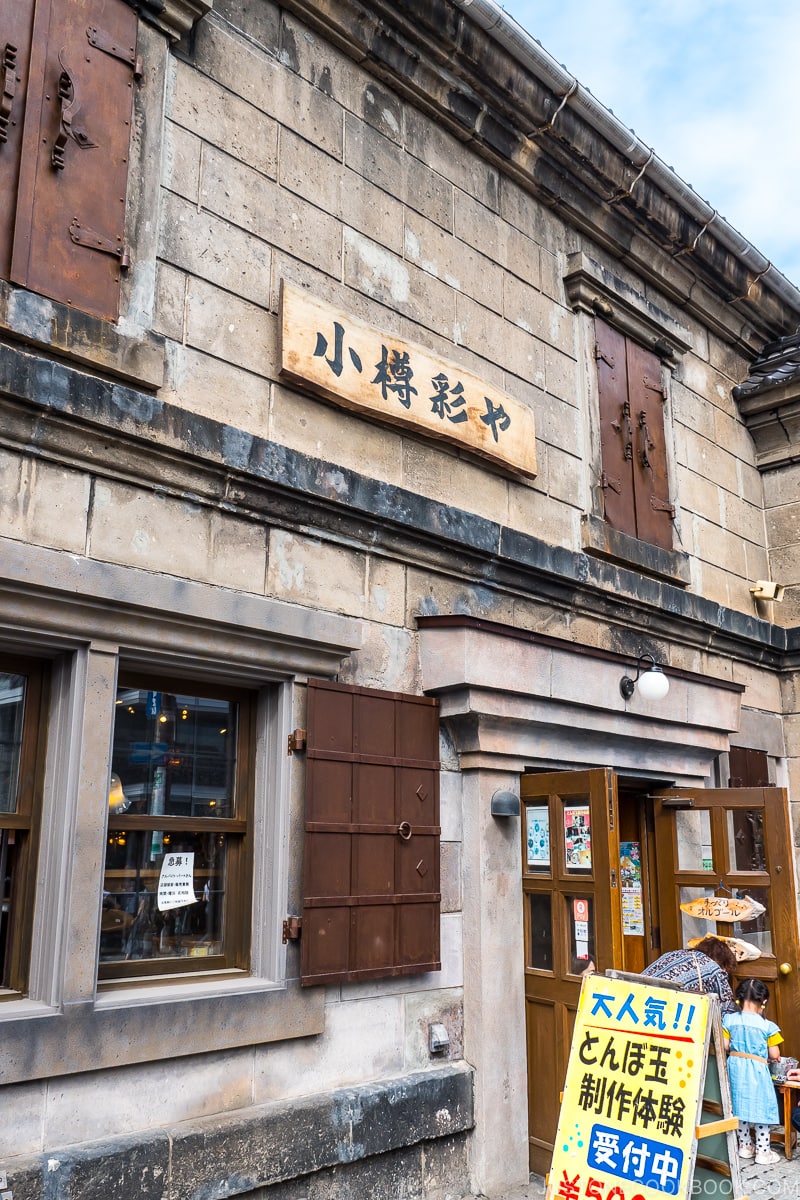
Sakaimachi Street
Continue heading southeast on Sakaimachihondori and you’ll see more examples of western-style buildings in the heart of Otaru. Besides glass shops, Otaru is famous for music boxes and there are several of them all over the city center.
Each music box store offers a different experience – from the box designs to the variety of music – so don’t miss browsing through a few of them.
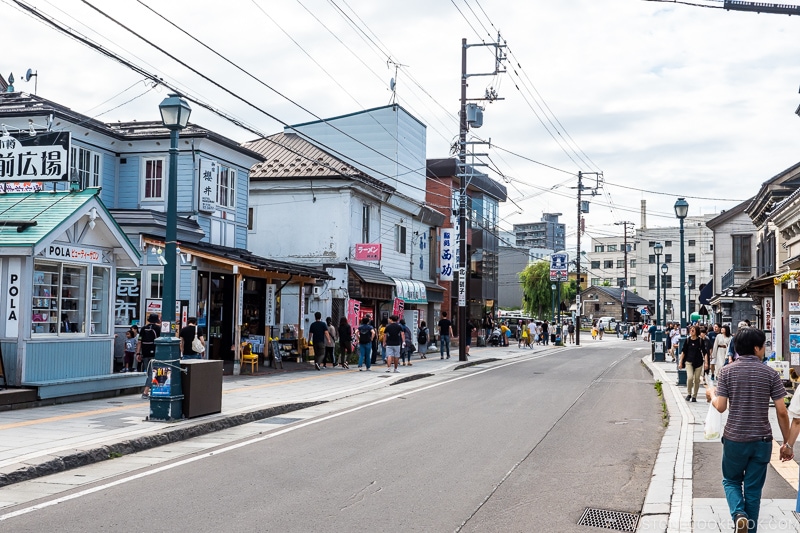
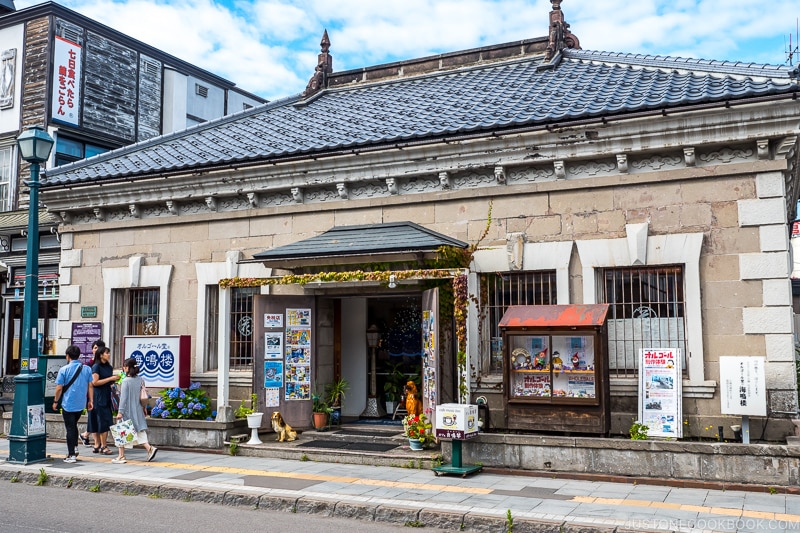
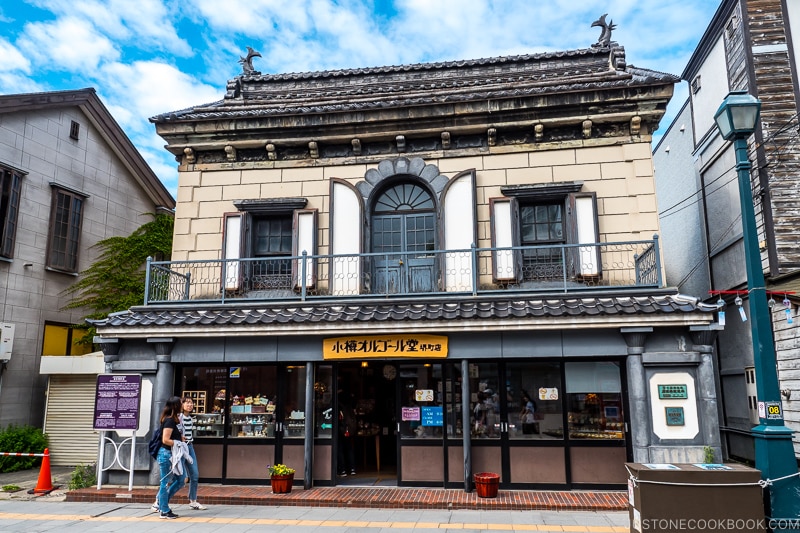
Sakaimachi Street runs long so take your time to browse all the charming little shops along the street. There are kombu shops, glass workshops, a number of sushi restaurants, and the popular Otaru cheese snack LeTAO.
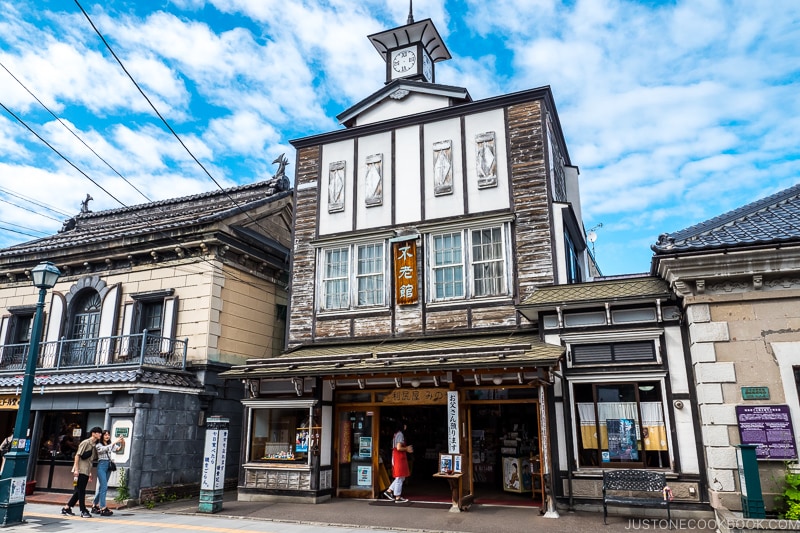
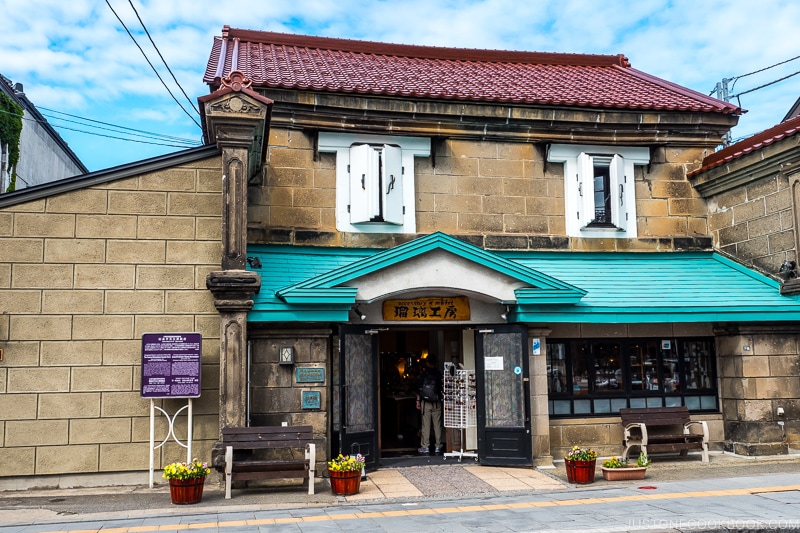
Lastly, don’t miss Kamaei’s factory store. Here, visitors can buy and eat freshly made fried fish cakes.
We hope you enjoyed our day trip through Otaru. There are many other popular spots in and nearby Otaru we didn’t cover such as Otaru Tenguyama Ropeway, Tanaka Sake Brewery, and Herring Goten Otaru VIP Hall. Just a bit further in Yoichi is Nikka’s Whisky Distillery.
Don’t miss the opportunity to visit this lovely seaside town. We would recommend arriving mid-morning and spend most of the day there to see the sights.
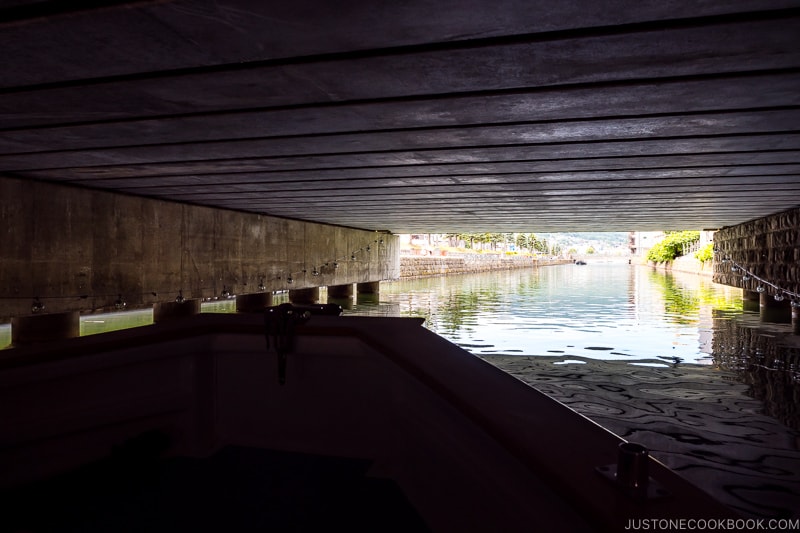
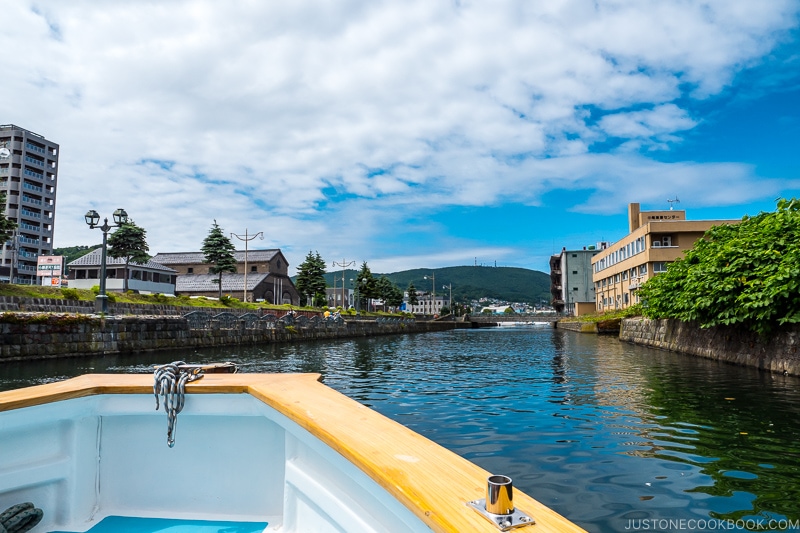
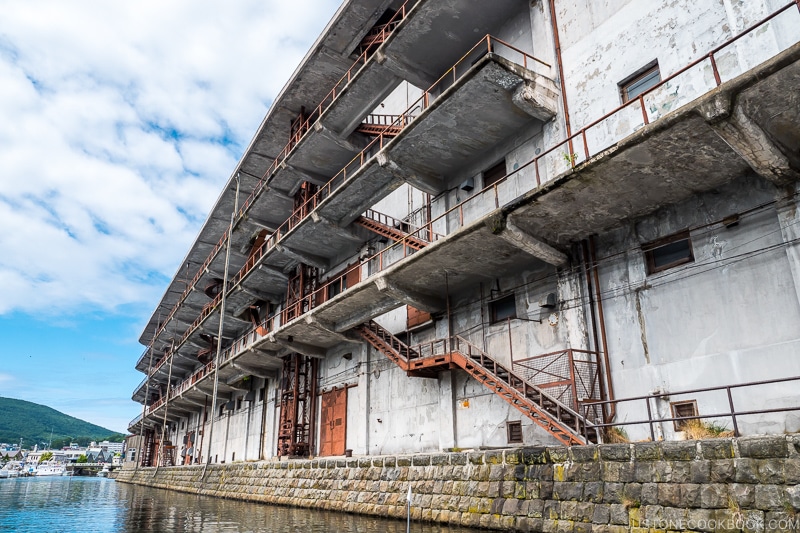
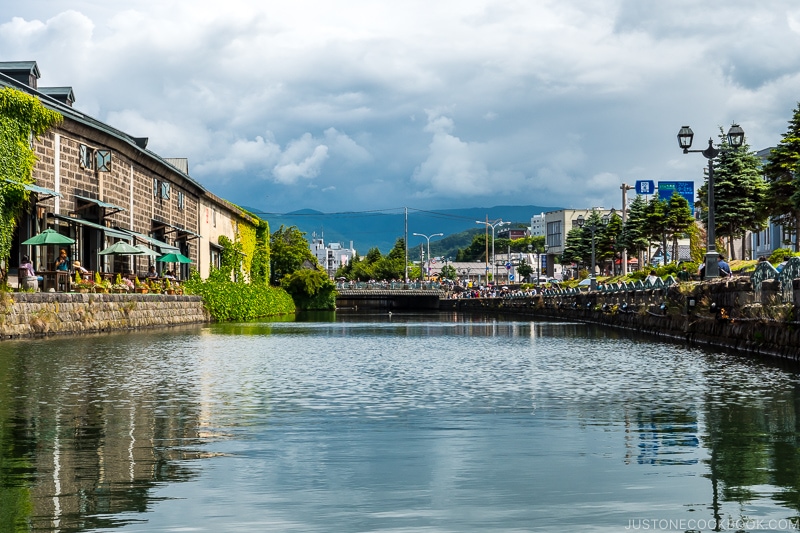
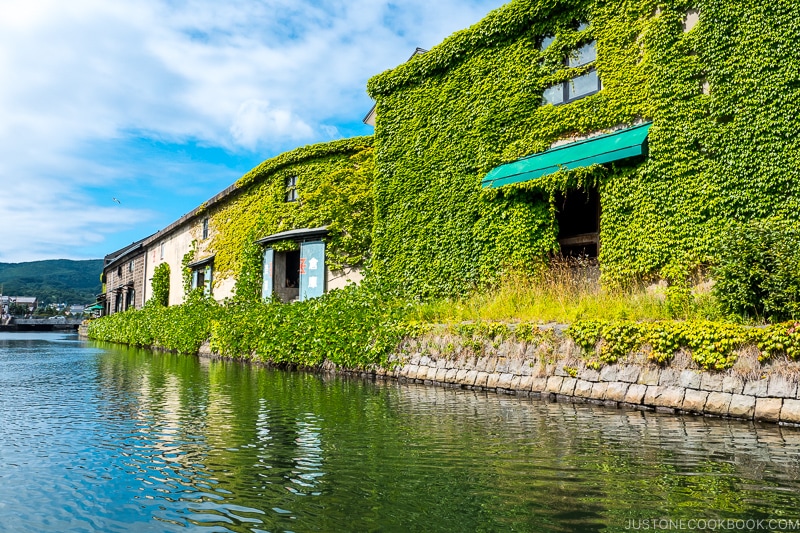
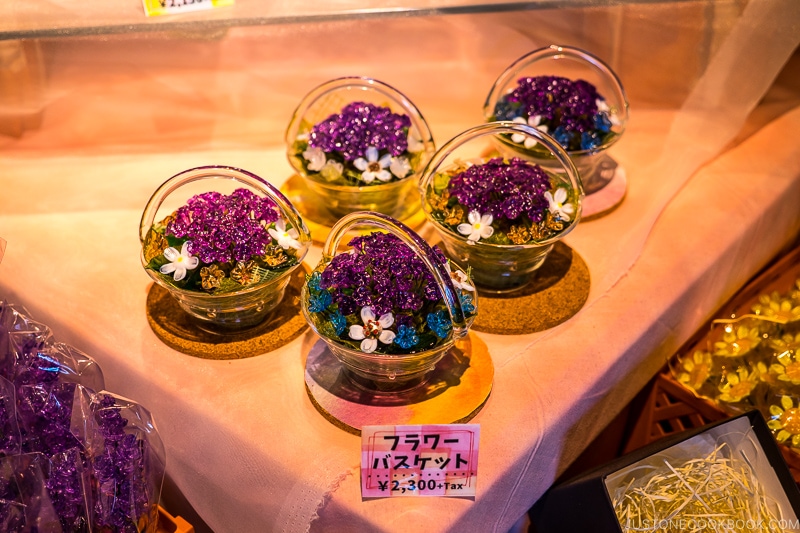
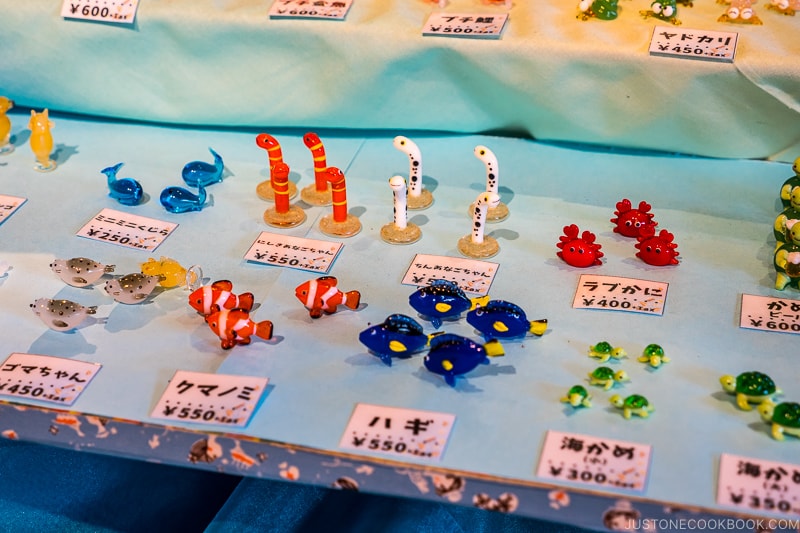
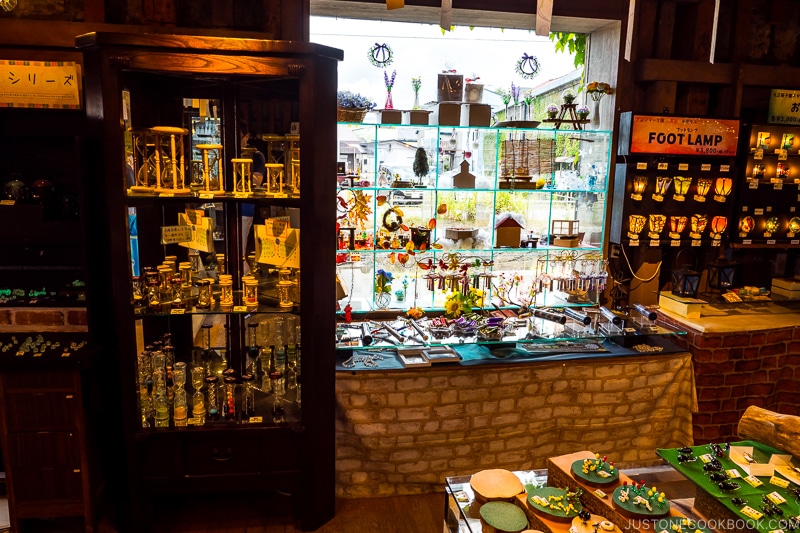
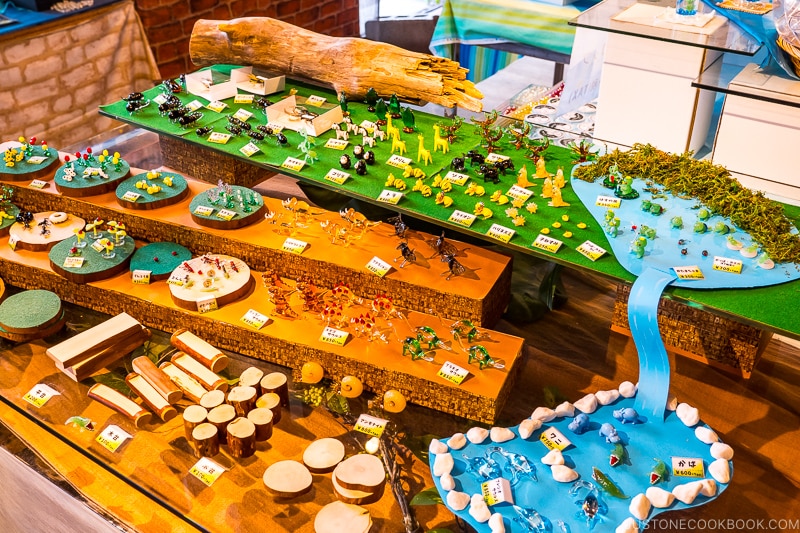
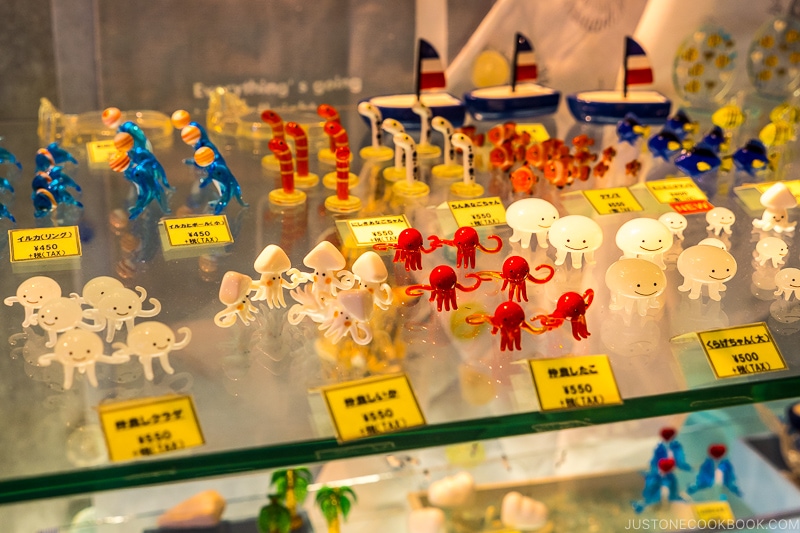
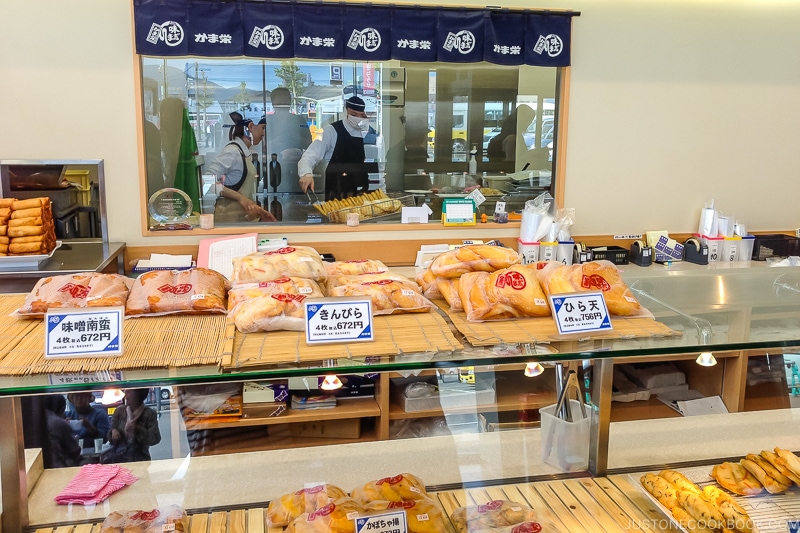
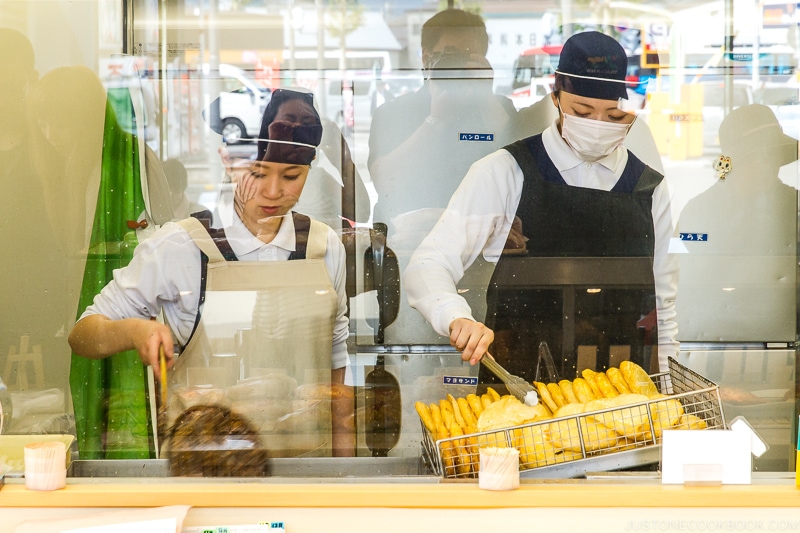
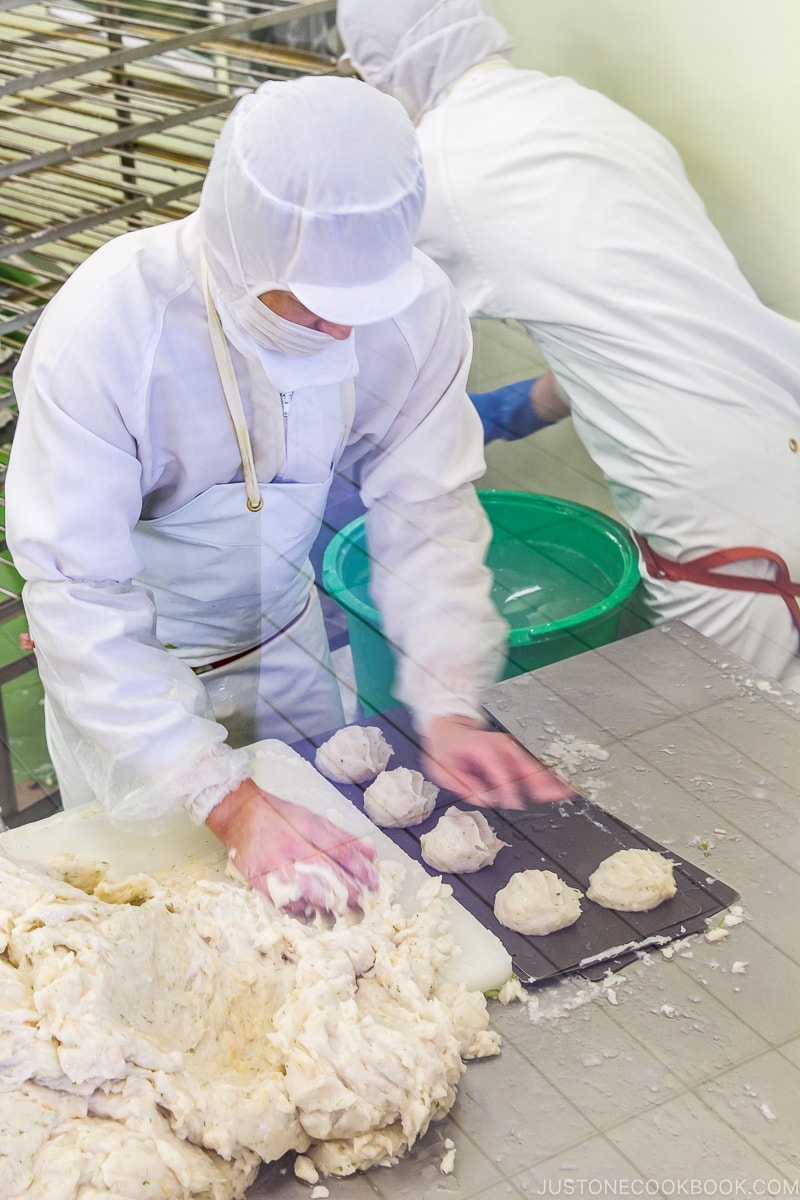
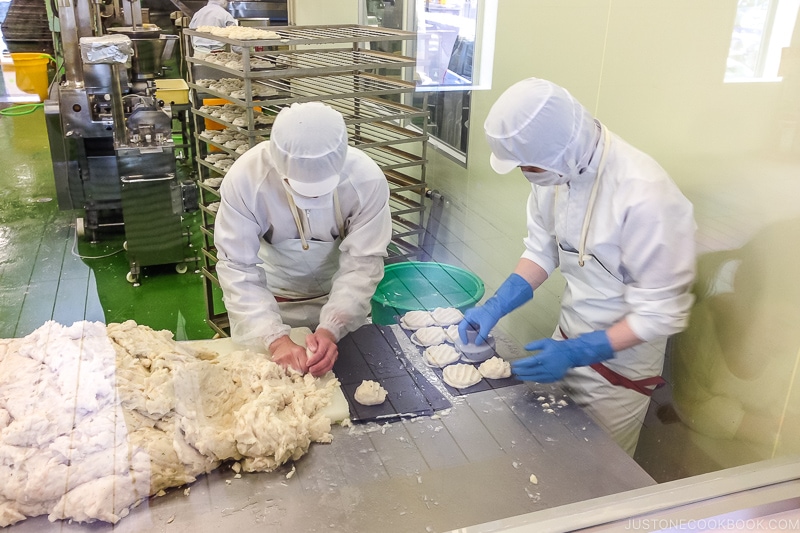
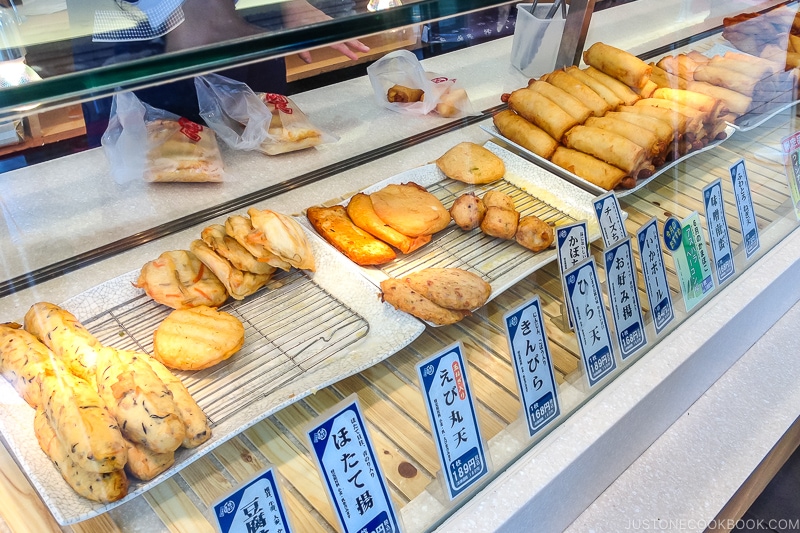

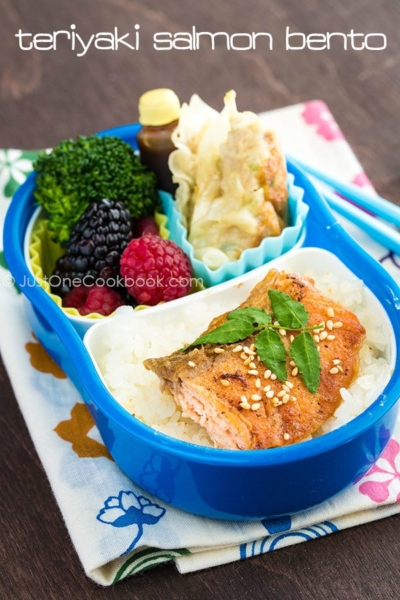

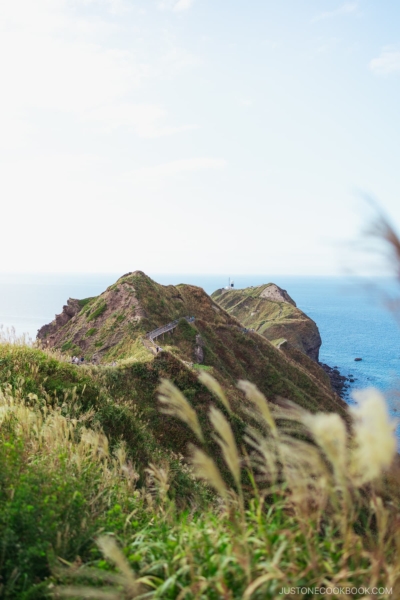
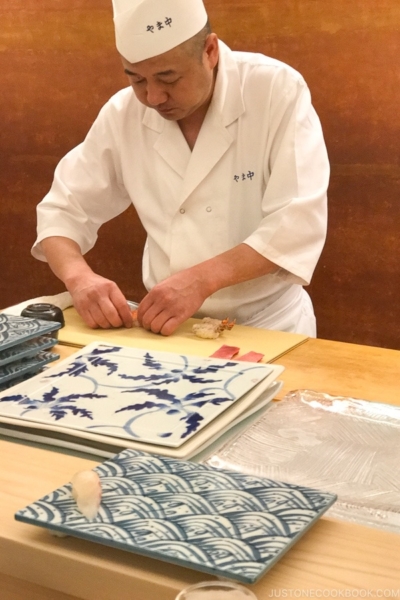




Love your travelogs! We would like to go back to Hokkaido some time! Any suggestions? We lived in a small home for 2 years where the airport may be now!
Hi Jean,
We’re happy to give you recommendations for Hokkaido. Do you know what season you’ll be visiting and for how many days?
Cheers
Mr. JOC
Awesome vacation photos
My husband Richard and I spent an amazing day in Otaru just before the pandemic shut things down. We began our visit sharing a lunch of the biggest Cherry Crab I’ve ever seen. The flavor was unforgettable. We enjoyed walking through the shopping areas, even though it wintertime there were plenty of tourists. I still enjoy my music box souvenir listening to the melody of “Lemon”. Thank you for this wonderful reminder.
Thank you for this virtual travel experience. I forwarded it to my daughter and son-in-law who live in Singapore and agreed to meet us there when it will be safe to travel.
I can’t wait. Will have to see if you have other travel blogs.
Hi Dona,
We have all our travel posts at https://www.justonecookbook.com/categories/travel/. We can’t wait to travel again as well!
Mr. JOC..amazing photos, capturing beauty of regions in Japan. It’s my virtual journey to Japan as we no longer travel. And pics of Nami’s delicious recipes. Thank you both!
Hi Priscilla,
Thank you so much for reading the Otaru post and your kind comments!